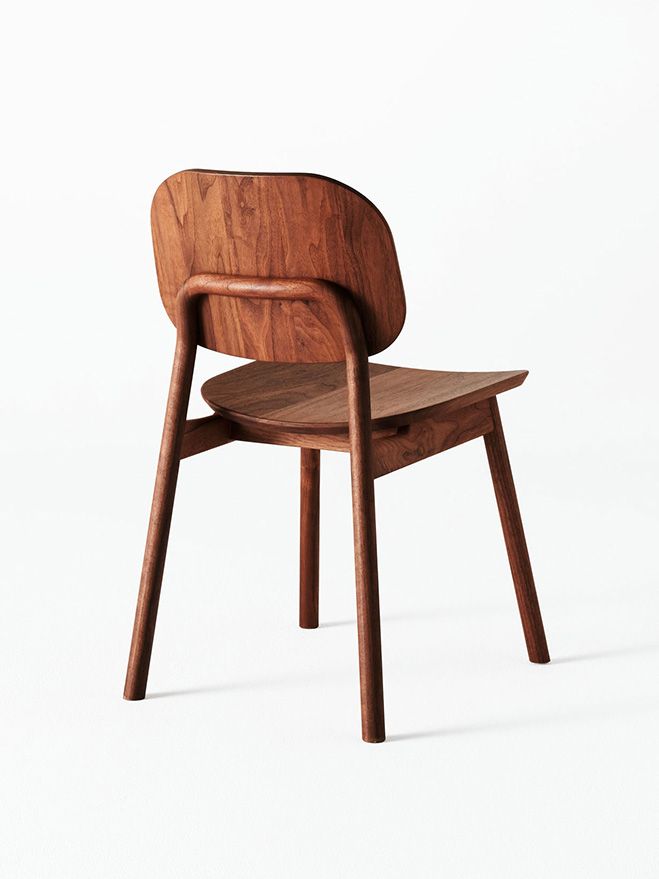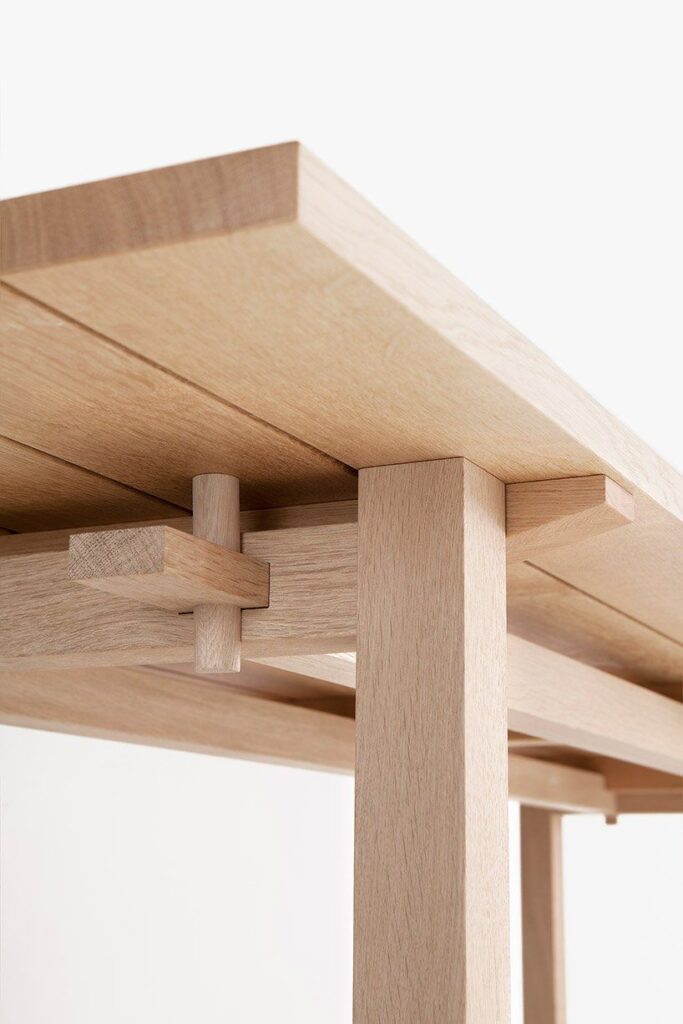
Japanese furniture design is renowned for its minimalist and functional aesthetic. The traditional Japanese style of furniture focuses on simplicity, clean lines, and natural materials such as wood and bamboo. One of the most well-known pieces of Japanese furniture is the tatami mat, a type of mat made from rice straw that is used as flooring in traditional Japanese homes. This type of furniture is designed to be multi-functional, with pieces that can easily be moved and rearranged to suit different purposes. Japanese furniture often incorporates elements of nature, such as trees, flowers, and animals, which are seen as symbols of harmony and balance. Overall, Japanese furniture is a beautiful and practical addition to any space, bringing a sense of calm and tranquility to the home.
Japanese furniture is known for its simplicity, functionality, and elegance. The design philosophy behind Japanese furniture is to create a harmonious and serene living space that promotes relaxation and mindfulness. This minimalist approach to design is reflected in the use of natural materials such as wood, bamboo, and rice paper. Japanese furniture is also characterized by clean lines, geometric shapes, and a neutral color palette, which helps to create a sense of peace and tranquility in the home.
One of the most iconic pieces of Japanese furniture is the traditional tatami mat, which is used as flooring in many Japanese homes. Tatami mats are made from woven rush grass and are known for their soft and natural texture. They provide a comfortable and cushioned surface to sit, sleep, or walk on, and are a key element of Japanese interior design. Another popular piece of Japanese furniture is the low dining table, known as a chabudai. This table is typically made from wood and is used for eating meals while sitting on the floor. It is a versatile piece of furniture that can be easily folded and stored when not in use.
Japanese furniture also often incorporates elements of nature and craftsmanship, such as intricate woodwork, hand-painted motifs, and traditional joinery techniques. These details add a sense of beauty and artistry to each piece of furniture, making them both functional and decorative. In addition, Japanese furniture is designed to be space-efficient and multi-functional, with many pieces serving multiple purposes. For example, a futon bed can be folded and stored during the day to create more living space, while a shoji screen can be used to divide a room or provide privacy. Overall, Japanese furniture embodies the principles of simplicity, beauty, and practicality, making it a popular choice for those seeking a Zen-inspired living environment.
 Decor ideas Style Starts Here
Decor ideas Style Starts Here








